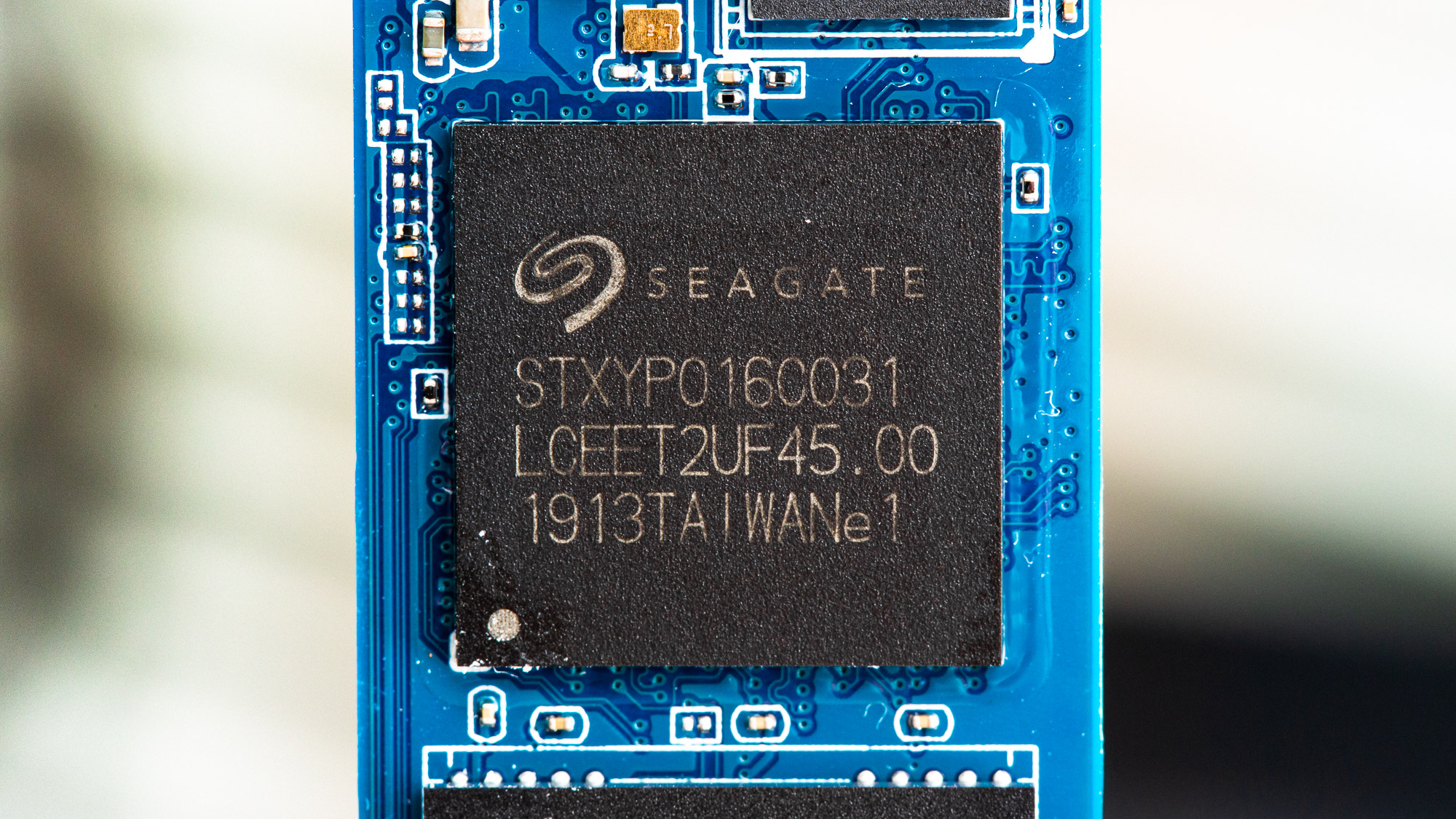Why you can trust Tom's Hardware
Seagate’s FireCuda 510 peaks at up to 3.45/3.20 GBps of sequential read/write throughput, and with stats like those, it’s definitely fast enough for most of us. But while this mainstream contender can compete with the best in some workloads, it isn’t quite up to par in all cases. Overall, the performance, reliability, and warranty line it up to be quite competitive, but the SSD doesn’t have the looks and the price to match.
While the Seagate FireCuda 510 offers up good performance, a few things hold it back from being a top pick. With a premium price for rather dated hardware at this point, the FireCuda 510 doesn’t provoke much interest. To make matters worse for the FireCuda 510, while it is built on a reliable combo of Phison’s E12 NVMe SSD controller and Kioxia’s 64L TLC NAND flash, it doesn’t offer much of anything to differentiate it from the sea of Phison E12-based SSDs out there. Most of them also offer five-year warranties and even stronger write endurance ratings, so we think Seagate is simply trying to leverage its brand name to increase the value of this common hardware. We also aren’t impressed with the blue PCB that won’t mesh well with most builds.
We can understand higher pricing for high-density NAND packages that enable a single-sided form factor. But Seagate didn't take that approach. The FireCuda 510 comes with NAND packages on each side of the PCB, but Phison's newer E12S controller recently hit the market, enabling four NAND packages on a single side of the PCB while also retaining the DRAM cache. But Seagate chose to go with the older model.
Sure, the optional software downloads are fairly nice, but at the end of the day, they don't command a $60 premium over a near-identical competitor. Seagate's marketing for the FireCuda 510 is geared heavily towards gaming, but that's a bit dubious. Seagate says its SeaTools SSD utility is an "enhanced gaming tool…gamers can tune the drive to their performance needs." Still, while SeaTools SSD allows you to overprovision the SSD so that it can potentially offer more consistent write performance, it offers little to no enhancement in gaming situations (they rely mostly on a mix of sequential and random reads). WD's SSD Dashboard software can disable the WD Black SN750's lower power idle states to ensure the SSD doesn't fall into an idle state between game data requests, which can lead to higher latency, so that is a useful feature.
Seagate’s approach to overprovisioning is lackluster in comparison to Samsung’s Magician software. Unlike Magician, if the drive doesn’t have enough free space, the SeaTools utility doesn’t scale appropriately. SeaTools SSD creates an empty partition based on 20% of the total capacity, but this isn’t an adjustable figure. In fact, the software is so simple that you can’t reverse the setting after the tool creates the partition. In fact, the tool will create even more partitions if you run the process again. That makes it hard to recover all of the usable space without using dedicated partitioning tools to move around/delete partitions. You’re better off manually overprovisioning in Windows Disk Management than using SeaTools for the task.
Adata’s XPG SX8200 Pro is a better drive, and our top recommendation, due to its extremely responsive performance. Silicon Motion’s P34A80 is a much better bang for your buck if you are looking to save some dough. However, if you need a bit more oomph for your workload, we recommend you spend a few more bucks on the Samsung 970 EVO Plus – it responds faster to write abuse more than any other Gen3 NVMe SSD besides the 970 Pro or super-expensive Intel Optane 905P. For heavy write workloads, the WD Black is a pretty good alternative if you look past its less-responsive read performance.
MORE: Best SSDs
Get Tom's Hardware's best news and in-depth reviews, straight to your inbox.
MORE: How We Test HDDs And SSDs
MORE: All SSD Content

Sean is a Contributing Editor at Tom’s Hardware US, covering storage hardware.
-
CatalyticDragon The color of the PCB counts against it but the fact that it's only PCIe3 doesn't? Weird.Reply -
seanwebster Reply
I don't see how that would count against it. Next-gen controllers haven't dropped yet. Most of the market is Gen3 based. Intel doesn't even support the Gen4 interface yet, either.CatalyticDragon said:The color of the PCB counts against it but the fact that it's only PCIe3 doesn't? Weird. -
evil_72 Reply
The lowliest of current generation of Ryzen 3k chips do though, such as the Ryzen 3300X @ $120.00 USD, which supports Gen 4 on the B550 motherboards, starting @ $89.00.seanwebster said:I don't see how that would count against it. Next-gen controllers haven't dropped yet. Most of the market is Gen3 based. Intel doesn't even support the Gen4 interface yet, either. -
seanwebster Reply
Yep, but if someone is buying low-end hardware, to begin with, they aren't going to splurge for Gen4 SSDs that cost a premium for very little advantage.evil_72 said:The lowliest of current generation of Ryzen 3k chips do though, such as the Ryzen 3300X @ $120.00 USD, which supports Gen 4 on the B550 motherboards, starting @ $89.00.
